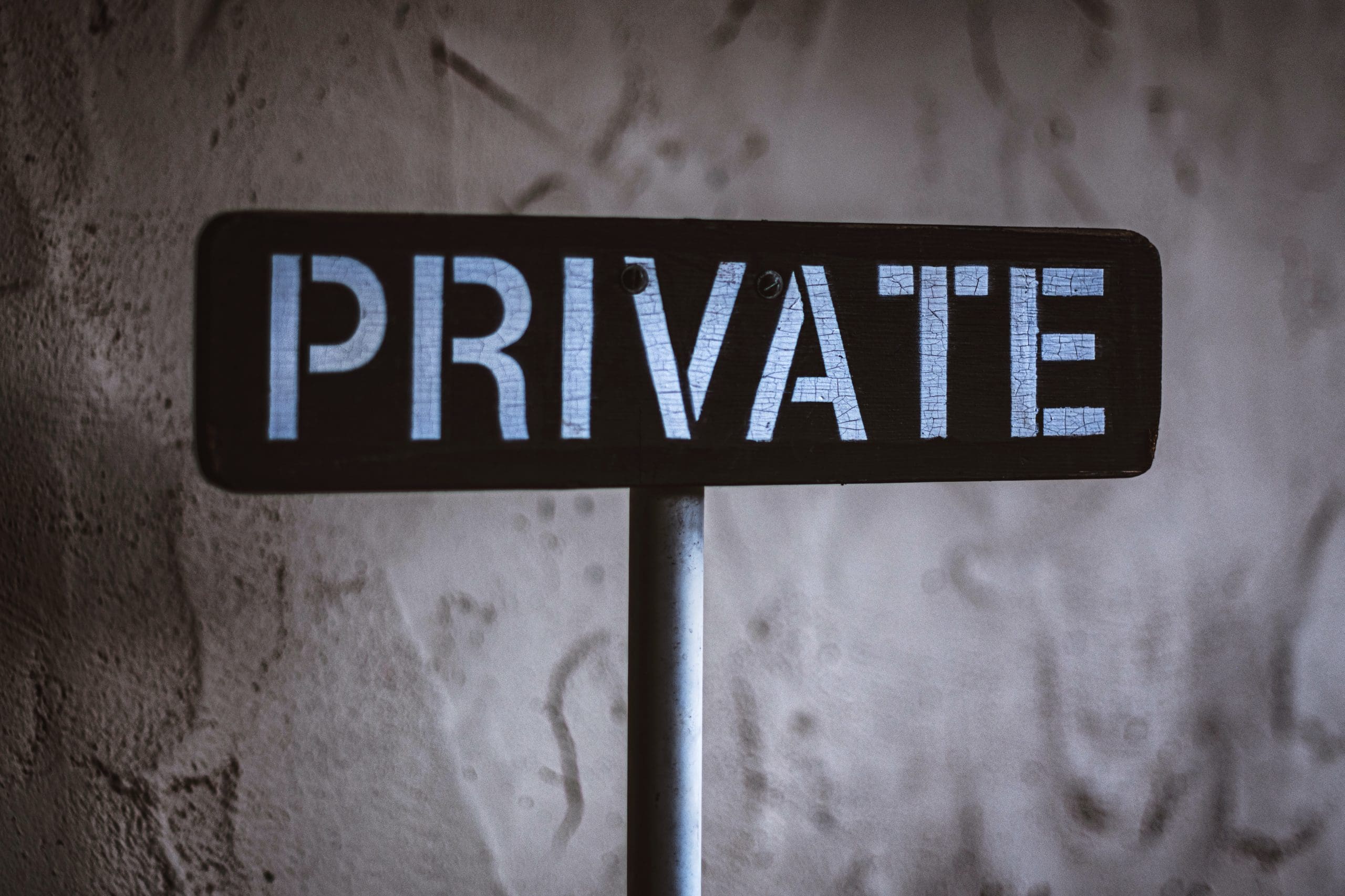If you’ve heard of a shadowban on social media, then you know how annoying it can be for someone who’s trying to grow their social media presence. Shadowbanning can also bring up some privacy concerns, though, as some methods that result in shadowbans put personal data at risk.
Let’s look at what a shadowban is, how it happens, tips for avoiding one, and why it could be linked to personal data and security.
What is a shadowban?
Shadowbanning is when your posts on a social media platform are no longer discoverable to other users. The platform doesn’t take down your posts or block your access to your profile, it just makes your content almost impossible to find. You also receive no warning, notification, or alert when it happens.
Let’s use Instagram as an example, as it seems to be more notorious for shadowbanning than other platforms, according to reports from users. When you are shadowbanned, your posts will not show up in your followers’ feeds, nor will a post populate on the “Explore” page when a user searches for the hashtag you used. If someone goes directly to your profile, they can see your posts but Instagram’s algorithms are preventing your followers and potential audience on Instagram from discovering your posts.
Major social media networks have made official statements about shadowbanning:
- Twitter stated in 2018 that it does not shadowban.
- Instagram claimed shadowbanning isn’t real in 2018 but in 2019 acknowledged that it removes some “inappropriate” posts from the Explore page.
- Facebook revealed in 2021 that it “demotes” or limits the visibility of content in users’ feeds if it’s considered “problematic.”
How shadowban happens
You can get shadowbanned when you post content or do things on a social media platform that are considered objectionable. Typically, this includes content or comments that don’t technically go against the terms of service, but may not totally reflect the standards the platform sets.
That all sounds really vague, so let’s look at some specific behaviors that have gotten other people shadowbanned in the past:
- Using bots and automation tools to boost follower numbers inauthentically
- Adding banned hashtags to posts
- Getting your account reported often by other users
- Posting, commenting, and following too quickly
If you don’t tend to engage in the above behaviors on social media networks, it’s unlikely you’ll get shadowbanned.
How do you know if you’re shadowbanned?
By its very nature, shadowbanning is difficult to detect. If you suspect you have a shadowban on Instagram, you can use the following steps to confirm it:
- Create a post with a very specific, unbanned hashtag.
- Ask a few friends or colleagues to search for that hashtag with their accounts.
- Check to see if your post shows up for that hashtag.
If your post with a specific hashtag doesn’t populate in search results, you’ve probably been shadowbanned on Instagram.

Tips for avoiding a shadowban
Social networks like Instagram and Facebook implement shadowbans as a way to discourage information that isn’t totally in line with their standards from spreading. Since it’s not an outright ban and it’s not official, it’s both difficult to know when you’ve been shadowbanned and what you may have done to cause it. You can use the following tips to avoid getting shadowbanned.
Post acceptable content
The best advice for avoiding a shadowban is to post content that social networks approve of. But these days, it gets harder and harder to know what kind of content that is. Stick to the platform’s community standards or guidelines — which you should definitely read before posting anything — and avoid creating posts considered “spammy.”
Don’t spam people with posts, likes, and comments
Avoid posting, liking, and commenting too often as it’ll make your account seem like a bot to the network’s algorithms and moderators. Also, using too many of the same hashtags on Instagram can lead to a shadowban.
Don’t use bots
You shouldn’t cut corners to get followers either. Refrain from using any bots to gain followers and stop trying to boost engagement with automation tools. The platform will notice your attempts to get around its algorithms.
Don’t use blacklisted hashtags
Instagram has banned certain hashtags so if you use them, your account may get shadowbanned or your post with the banned hashtag won’t show up. The list isn’t limited to explicit words or phrases though. Instagram also bans innocuous-sounding hashtags that have been used too frequently.
The dangers of using bots to get followers
When most people think about shadowbanning, they don’t consider it a privacy issue. But if you’ve used bots to get more followers on social media, you’re in danger of more than shadowbanning.
Bots and automated tools help you get more followers but those followers are often fake accounts. According to a study by the New York Times, these bot accounts are getting more and more convincing because they steal information from real people. Most bots are harmless, simply meant to help people inflate their follower count. Not all of them are benign, though.
These bots are also used to carry out cyberattacks and they might follow you or add you on social media in order to send you spam or phishing attempts via private messages. Their goal might also be sending you a virus or stealing your account password. Data security company Imperva estimates that 28.9% of bots on Instagram have malicious purposes. It’s for this reason that adding random people on social media — or using bots to grow your follower count — is usually not a good idea.
Be cautious on social media
If you’re trying to grow your social media presence, a shadowban is the last thing you want. By trying to grow your followers organically and by protecting your personal data on social media as you do so, you won’t have to worry about shadowbans.
Chris Parker
Latest posts by Chris Parker (see all)
- The Importance of Using Privacy-Focused Browsers - February 18, 2025
- 10 Practical Steps to Enhance Your Privacy Online and Offline - February 14, 2025
- Common Privacy Risks in the Digital Age - June 13, 2024


Leave a Reply